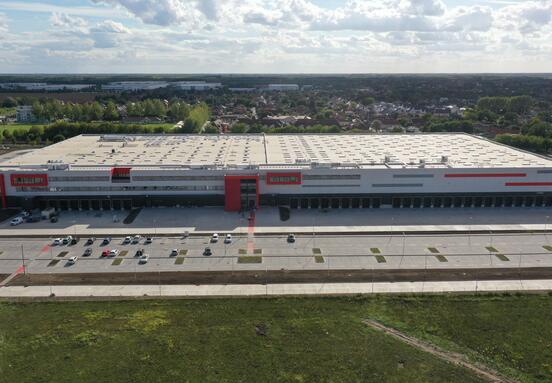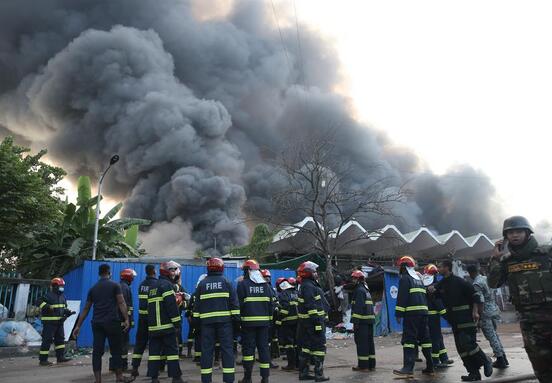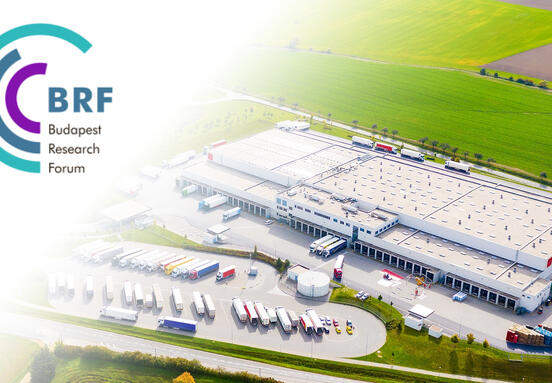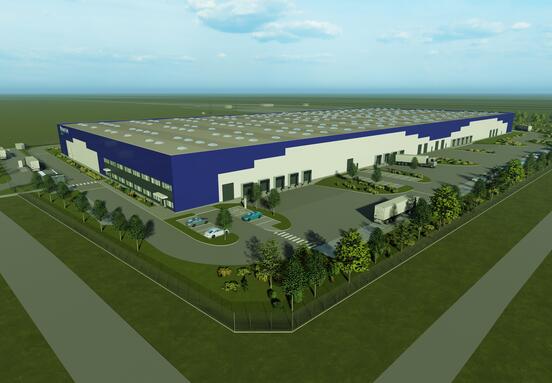In general development activity is on the up in the Czech Republic while the Hungarian market is stagnating as it suffers from high vacancy rates.
The average CEE vacancy rate stands at a relatively healthy 10 percent. The shift and expansion of manufacturing premises from Western Europe is continuing and it is Poland and the Czech Republic, which border on Germany and are therefore benefiting from this strategic advantage, that have primarily profited from this phenomenon. It is these two countries that are the driving factors for the CEE region over the long term according to Cushman & Wakefield.
“The Internet retailer Amazon recently decided to place a warehouse in the Czech Republic for its goods which have been returned by German customers. The cheaper labour force and property costs, together with the expansion potential of Amazon business into the CEE region, have been so attractive that they can compensate for the costs of transporting the goods from Germany. A stable environment significantly eases long term planning for firms,” said Ferdinand Hlobil, Head of CEE Industrial at Cushman & Wakefield.
Moreover, Amazon is considering another expansion into Central Europe as there are rumours of plans to develop warehouses to supply both Western and Eastern Europe.
According to CBRE the Polish industrial and logistics market had 624,000 sqm under construction at the end of 2013. Leasing activity in the final quarter of last year at 904,000 sqm was the best performance ever recorded in the industrial market in Poland. There is a consensus that the Polish industrial market reflects the improving condition of the economy. “We are also seeing that developers are more willing to build speculatively, however this is linked to a critical pre-let size. Poland also continues to attract investors thinking of locating industrial build-to-suit projects here. The most active regions in this sector are Wroclaw, Poznan and Silesia,” commented Patrick Kurowski, Head of Industrial & Logistics at CBRE in Poland.
At the end of 2013 total stock of modern industrial and logistics space in Poland amounted to 7.72 million sqm, with Warsaw, Silesia and Central Poland remaining the three largest markets. In total, 2013 brought more than 333,000 sqm of new industrial space to the market. The average vacancy rate across the country was 11 percent.
Almost 300,000 sqm of new industrial space was built in the Czech Republic last year representing a 170 percent year-on-year increase in development. Vacancy in the sector stands at a low 6 percent as of the end of 2013. “The reason behind such an increase is primarily the strong long term demand for modern industrial halls and better access to capital that developers can invest. There is another approximately 200,000 sqm in the pipeline, most of which has been pre-leased. Developers trust the market – there are currently eight of them building, whereas in previous years no more than two or three developers were active at a time. We expect the development of modern industrial space to be strong this year,” said Jaroslav Kaizr, Head of Industrial at Cushman & Wakefield in the Czech Republic.
The most active developers in Czech are CTP, VGP, D+D, Panattoni, Pointpark, Prologis, Segro and Gemo. “In comparison with previous years the developers have easier access to capital and stable demand stimulates new construction. In 2014 we do not expect speculative development though,” added Jaroslav Kaizr.
In neighbouring Slovakia only circa 30,000 sqm of new industrial space was delivered in 2013. The convention wisdom is that developers decided not to start speculative construction as the market was still absorbing the speculative space completed at the end of 2012. Most of the recent industrial construction was therefore developed on a built-to-suit/pre-lease base. However a combination of increased leasing activity and reduced speculative construction has resulted in a significant decrease in vacancy rates to 4.1 percent as of the end of 2013. “Developers such as Point Park Properties and Immorent were active in construction, however industrial construction decreased significantly in 2013. The negative effect of this will be reduced opportunities for companies to expand,” said Martin Balaz, Head of Industrial at Cushman & Wakefield Slovakia.
In contrast, the Hungarian industrial development market is stagnating as there are average vacancy rates of above 20 percent. “In the short term we expect developers to further postpone their speculative projects, which is causing a shortage in supply and should exert a downward pressure on the vacancy rate, currently standing at 23.8 percent. In the longer term this will cause a shortage of quality Industrial product which should re-balance the market,” commented István Fazekas, Head of Industrial at Cushman & Wakefield Hungary.
With positive indicators recorded on the demand side in the regional industrial market, developers are considering speculative development projects. “With 2013 leasing activity totalling more than one million sqm, combined with three new build-to-suit facilities and a measured return to speculative development, we begin 2014 with a positive outlook. We will continue focusing on increasing occupancy within our current portfolio, as well as monetising our existing land bank in core markets such as Poland, Czech Republic, Slovakia, Hungary and Romania, in-line with our investment strategy,” said Ben Bannatyne, Managing Director of Prologis CEE.
With regard to investment volume, the industrial market concluded 2013 in a distant third position after the office and retail market sectors. This position is reflected in yields which are significantly higher than the office and retail sectors across the region. Jones Lang LaSalle (JLL) put prime industrial yields in Poland at below 7.75 percent compared to 6.25 percent for office and 5.75 percent for retail. Industrial yields for the Czech Republic are estimated at 8.00-7.75 percent, for Slovakia this is 8.50-8.75 percent and 9.25-9.50 percent for the underperforming Hungarian market.
Last year was a record year for investment on the Polish industrial market with total transaction volume at an unprecedented €610 million according to CBRE. Investment in the sector is expected to remain strong. In the Czech Republic, 2013 industrial investment transaction volume was €280 million representing 20 percent of total investment transactions. Across the region investment in the industrial sector was driven by portfolio sales such as the 50 percent stake in the Prologis European Portfolio sold to Norges Bank.






